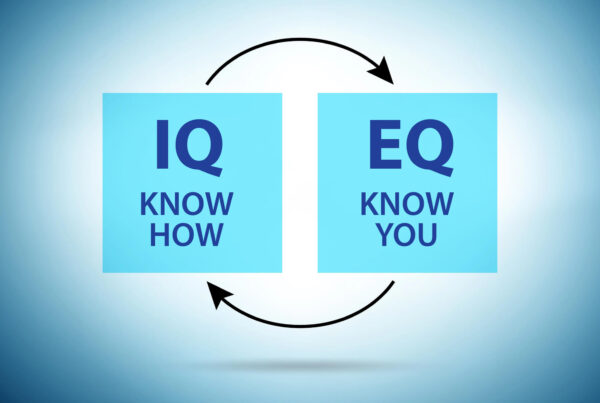Last Updated on May 28, 2023 by Dave Schoenbeck
Performance reviews are vital for employees to understand their long-term potential at an organization, but they’re often inaccurate—and managers don’t even know it. Unconscious bias in performance reviews can skew the outcome of these evaluations, holding your employees, and therefore your company, back from success. Here’s what you need to know.
Types of Biases in Performance Reviews
Some of the most common mistakes in performance evaluation involve unconscious biases. These subtle influences we don’t even realize cloud our judgment and influence our perception of an employee’s work.
Unconscious bias in performance reviews can lead to incorrect and unfair evaluations of your employees. Even a bias that works out in the employee’s favor in the short term can cause long-term damage, as without constructive criticism, they can’t learn and grow. Therefore, it’s in everyone’s best interest for evaluations to be fair and unbiased whenever possible.
There are many different types of unconscious bias in performance reviews. However, here are a few of the most common biases to avoid.
- Recency bias: With this bias, we tend to focus on what happened most recently rather than taking the entire year’s performance into account. This might mean giving recent slip-ups more weight than previous successes or ignoring persistent issues due to recent improvements.
- Leniency bias is the tendency to rate employees more positively or negatively than they deserve. This could result from a desire to avoid conflict or from over-emphasizing certain behaviors over others.
- Central tendency bias is the unconscious habit of rating employees near the middle of the 5-point rating scale. Usually, this is due to not wanting to appear overly harsh, but it obscures an employee’s need to improve.
- Halo and horns effect: With this bias, we let one quality—good or bad—overshadow everything else the employee offers, preventing us from seeing the complete picture of their performance. This usually results from our likes or dislike of the employee.
- First impression bias is when the employee’s first impression permanently colors our perception of the employee. First impressions are rarely an accurate indication of the kind of worker someone is. New employees are usually nervous and not yet trained. We need to see their performance on the job to judge them fairly.
- Similar-to-me bias: As the name suggests, with this bias, we tend to favor people who are similar to ourselves. This can lead us to go easy on employees we see ourselves in or make assumptions about their behavior, which isn’t fair to the employee. Instead, they deserve an honest evaluation of their skills.
Awareness of your own unconscious biases during the evaluation process can help you treat all of your employees fairly, regardless of their performance level. It’s not kindness to pull your punches or inflate your praise on these reviews, even accidentally. Uncomfortable as it can be, accuracy is always the best policy.
Are you worried about displaying unconscious bias in performance reviews? A professional business coach can help. Click here to schedule a confidential, complimentary video coaching call with Coach Dave to talk about identifying and avoiding performance evaluation bias.
Coach Dave
- Best Practices We Have Learned About Managing Remote Teams - July 3, 2025
- How and When to Use AI for Idea Creation - June 26, 2025
- What Does a Copyright Protect?A Small Business Guide to Copyrighting Your Business - June 19, 2025



